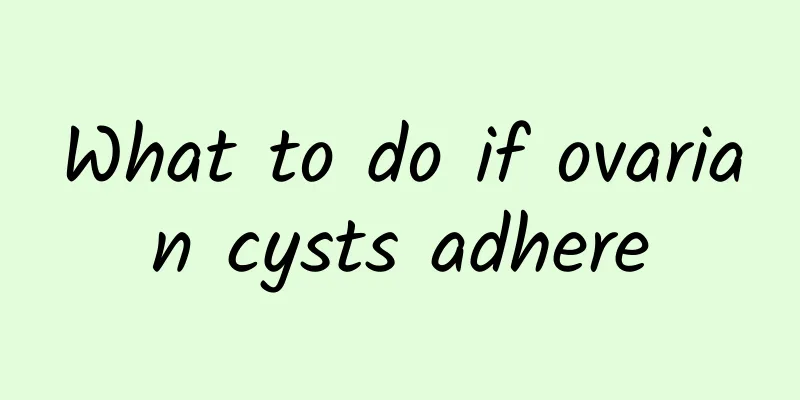Characteristics of menopausal functional uterine bleeding

|
Menopausal functional uterine bleeding refers to irregular vaginal bleeding in menopausal women due to the gradual degeneration of ovarian function, which cannot produce mature follicles and ovulate, thus losing the normal cyclical changes of female hormones. After women enter menopause, their ovarian function begins to decline, the hormone level of the ovaries decreases, and the feedback function to the hypothalamus and pituitary gland is lost, causing the gonadotropin secreted by the pituitary gland to increase to varying degrees. Although the remaining follicles in the ovaries also develop, they do not ovulate. Under the long-term effect of estrogen, the endometrial glands show a continuous hyperplasia reaction, which can cause mild hyperplasia, adenocystic hyperplasia, or adenomatous hyperplasia. When the estrogen level fluctuates greatly, the endometrium will shed incompletely, causing irregular uterine bleeding. Postmenopausal bleeding is the most common symptom of menopausal functional uterine bleeding. It refers to vaginal bleeding that occurs one year after the cessation of menstruation. It is a symptom caused by non-organic, benign or malignant lesions of the internal reproductive organs. The cause of postmenopausal bleeding should be sought in patients. With the development of medical science and the popularization of medical knowledge, people have become more vigilant about postmenopausal bleeding, and the proportion of postmenopausal bleeding caused by malignant lesions has gradually decreased, with foreign reports showing less than 10%. Currently, postmenopausal bleeding found to be mainly caused by non-organic lesions, followed by benign lesions. |
<<: 50 doses of Chinese medicine cured chronic pelvic inflammatory disease
>>: Folk remedies for treating adnexitis
Recommend
Choosing the right time for painless abortion is important for women
Many people do not know how long after pregnancy ...
What are the symptoms of pelvic inflammatory disease?
Among gynecological diseases, pelvic inflammatory...
How long should I stay in bed after laparotomy for uterine fibroids?
After laparotomy for uterine fibroids, you usuall...
Things to note after painless abortion
In clinical practice, artificial abortion mainly ...
What medicine can be used to treat positive uterine fibroids? Can positive uterine fibroids be cured?
What medicine to use for positive uterine fibroid...
Fat terminator! Enoki mushroom ice cubes are great in cooking
The Minor Cold in the 12 solar terms has just pas...
Eat like this! Study: 100% chocolate can suppress appetite
It's no secret that if you want to lose weigh...
Special explanation of the early symptoms of vaginitis
Vaginitis is a gynecological disease with a high ...
What tests should be done for irregular menstruation
I believe everyone knows what impact irregular me...
Precautions for premature ovarian failure
Precautions for premature ovarian failure: If the...
Three major hazards of cervical precancerous lesions to women
Cervical precancerous lesions are one of the comm...
Can I drink alcohol during my period? It's easy to get alcohol poisoning
When women have their period, they need to pay at...
What causes vulvar itching?
Vulvar itching is a common discomfort symptom in ...
What are the dietary precautions for adenomyosis?
What are the dietary considerations for adenomyos...
What are the current treatments for pelvic inflammatory disease?
Patients with pelvic inflammatory disease all kno...









